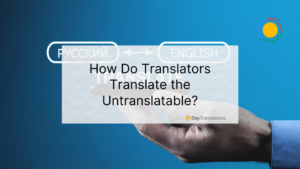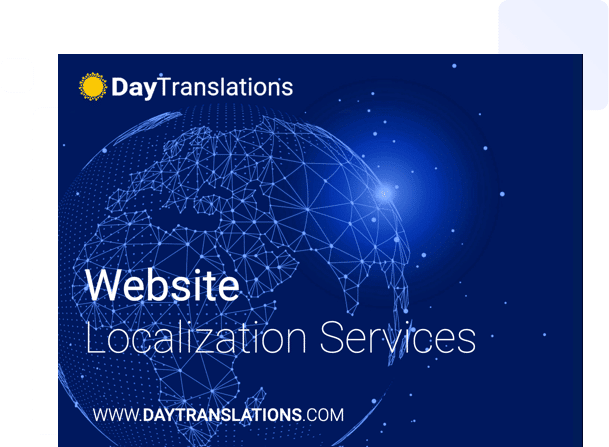Translation is more than just swapping words from one language to another—it’s about preserving meaning, tone, and context. With the rise of global business, translation consistency has become a top priority. Enter translation memory tools, the unsung heroes of the linguistic world.
Translation memory tools do more than just store past translations; they actively improve translation workflows, ensuring accuracy, consistency, and efficiency. But how exactly do they work? Let’s break it down.
What are Translation Memory Tools?
A translation memory (TM) tool is a database that stores previously translated text segments. These segments can range from single words to entire phrases, helping translators maintain consistency across large-scale projects. Unlike machine translation, TM tools rely on human-translated content to provide recommendations, ensuring a higher level of accuracy.
How Translation Memory Tools Enhance Consistency
Minimizing Inconsistencies Across Projects
One of the biggest challenges in translation is maintaining uniformity. Whether working on product descriptions, legal documents, or software localization, inconsistencies in terminology can confuse audiences and damage brand credibility. TM tools ensure that previously approved translations are reused, reducing discrepancies in wording and phrasing.
Improving Workflow Efficiency
For professional translators, time is money. Translation memory tools speed up the process by automatically suggesting previously translated segments, cutting down on redundant work. This feature is particularly useful for industries with repetitive content, such as technical manuals, legal contracts, or e-commerce listings.
Enhancing Collaboration in Translation Teams
Consistency isn’t just about individual translators—it extends to entire teams. TM tools allow multiple linguists to access and contribute to a shared database, ensuring that everyone follows the same terminology and style. This collaborative approach is invaluable for large projects that involve multiple translators across different time zones.
Reducing Costs Without Sacrificing Quality
By reusing existing translations, businesses can significantly cut down on translation costs. Instead of paying for the same phrases to be translated multiple times, companies can invest in refining their TM database, leading to long-term savings without compromising quality.
Pros and Cons of Translation Memory Tools
Pros
- Boosts Consistency: Ensures uniform terminology across different documents.
- Increases Efficiency: Speeds up translation by reducing repetitive work.
- Enhances Collaboration: Allows teams to work together on a shared linguistic database.
- Reduces Costs: Minimizes expenses by reusing previously translated content.
Cons
- Context Limitations: TM tools rely on stored phrases, which might not always fit new contexts perfectly.
- Initial Setup Effort: Building a comprehensive and reliable TM database takes time.
- Dependence on Quality Input: If the stored translations have errors, they can be repeatedly used, leading to quality issues.
The Future of Translation Memory Technology
As artificial intelligence continues to evolve, translation memory tools are becoming smarter. With AI-powered enhancements, TM tools can now suggest more context-aware translations and integrate seamlessly with machine translation engines. The future of translation lies in a hybrid approach—where technology supports human expertise rather than replacing it.
Final Thoughts
Translation memory tools have revolutionized the way we approach language consistency. They have become an indispensable part of the translation industry by minimizing inconsistencies, improving workflow efficiency, and reducing costs. While not without limitations, the benefits of TM tools far outweigh the drawbacks, making them a must-have for professional translators and businesses.












Sorry, the comment form is closed at this time.